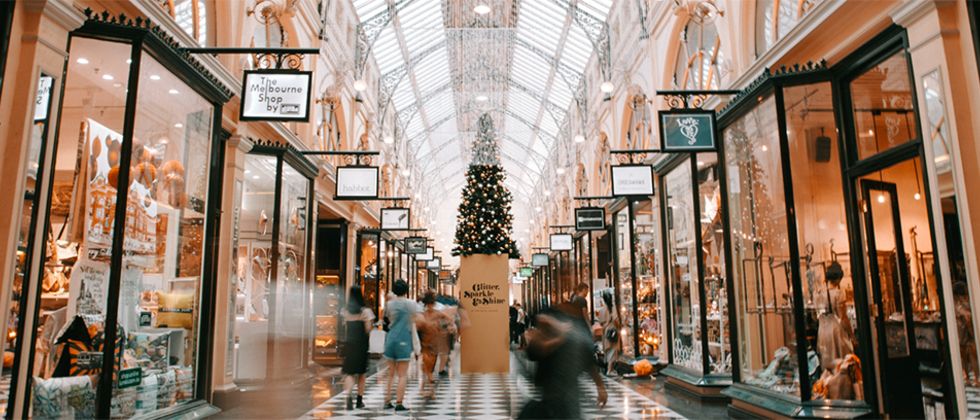California Management Review
California Management Review is a premier academic management journal published at UC Berkeley
by David Salisbury

Amazon CEO Jeff Bezos revealed this month that his company’s meteoric growth into the internet’s dominant merchant might be beginning to finally slow. The growth of Amazon’s total merchandise sales slowed considerably last year, according to Bloomberg calculations based on Bezos’ disclosures. Amazon’s $300 billion in Gross Merchandise Volume (a term used in online retailing to indicate a total sales dollar value for merchandise sold through a particular marketplace over a certain time frame) rose about 19% from 2017 to 2018. This was slower than the 24% and 27% rates of increase Amazon enjoyed in 2017 and 2016.
These changes come as physical legacy retail stores seem to have finally found a foothold to survive to the e-commerce era. Same day Amazon Prime shipping that earned Amazon a unique, ultra convenient image is now standard from legacy department stores like Walmart and Target. Lowe’s, who has adapted a “click-and-collect” model where customers buy goods online then pick them up at the physical store, says more than 60% of digital orders are picked up in stores. Clearly, brick-and-mortar retailers have stepped up their digital game and Amazon is no longer the only sheriff in town. Looking at examples of how brick-and-mortar stores have gained a foothold in online commerce, how else can legacy stores compete with Amazon?
Online retailers can do little to compete with face-to-face interaction with real live people. Brick-and-mortar businesses are able to guide customers to what products they want is invaluable as that level of personal assistance can go a long way in shaping someone’s experience. If you go above and beyond to make a welcoming, helpful environment they’ll be back. Good customer service can also mean a more efficient experience.
It’s now common for retail stores to give customers online ordering options where they can purchase goods on the store’s website, then pick it up at the physical store. This is to compete with Amazon’s online fulfillment model and keep customers from needing to wait in line so long at a physical store. Some, like Nordstom, even have curbside pickup. Many grocery stores are also offering online ordering with free pickup, including Kroger, Whole Foods, and Von’s. As an added bonus, will cut down on long lines and your average checkout times. This way, even if your customers are crunched for time, they can still go to their favorite place, and the experience, though brief, is more personalized than delivery.
And when you get customers in-store, you can reward them by offering better in-store deals on an array of products. Most think that by shopping online they can find the best deals. They’ll often forego visiting a store for this reason alone. Giving them an incentive to make the trip can increase foot traffic. Price matching to meet or beat your competitor’s prices online will create a consumer buzz for your location. This creates classic brand loyalty.
Local pickup is a very effective way to direct traffic to your website and also into your store. 44% of consumers make a purchasing decisions based on this method. The value in creating opportunities to get customers in the door to interact with them cannot be overstated. When you look at Walmart’s website, it looks a lot like Amazon and other major online retailers, but there is a small difference. For the products that are fulfilled by Walmart, you can see if they are available at any of the locations near you. If they aren’t you can still place an order and have the item shipped to your local Walmart for pickup free of charge.
Speaking of Walmart, the department store offers free two-day shipping for orders of at least $35. Target purchased Shipt for $550 million so that they could provide same-day delivery in select urban areas. Many others, such as online fashion outlet ASOS, offer free shipping with lenient return policies. For smaller retail stores, find ways to utilize local delivery services for your products. Uber, Seamless, Caviar, DoorDash, and Postmates are just a few of the convenient delivery options available for your business. These are easy ways to stay competitive remotely without investing time and money into costly and complicated websites and services.